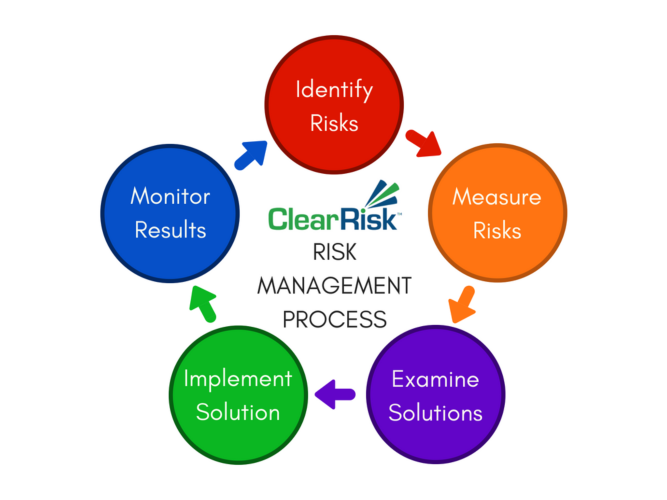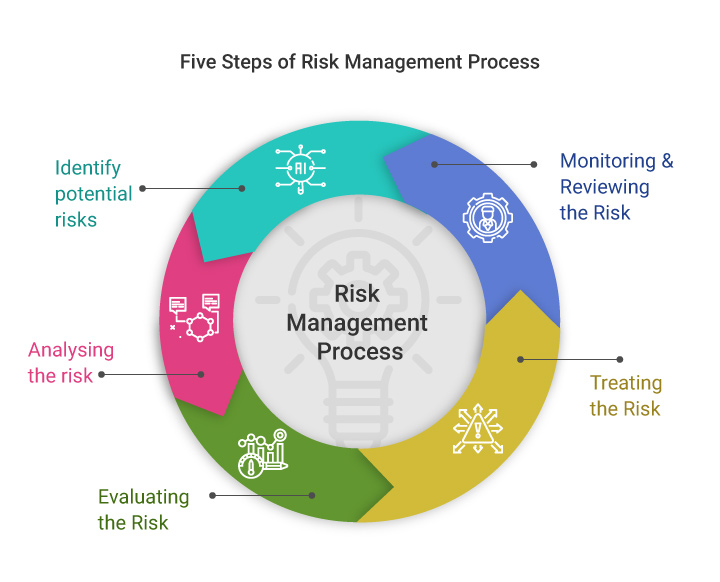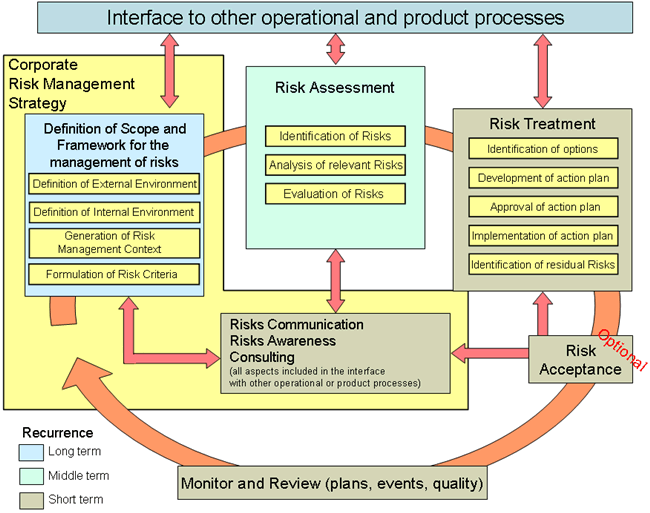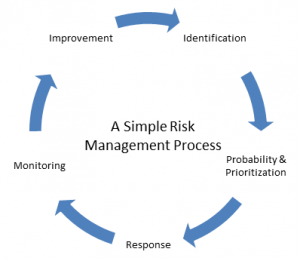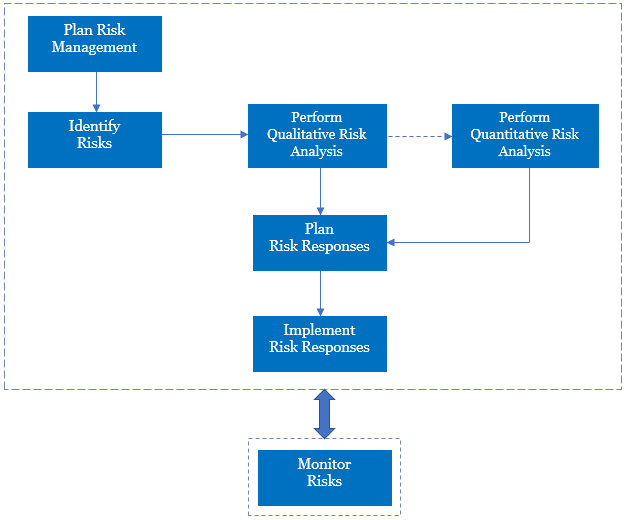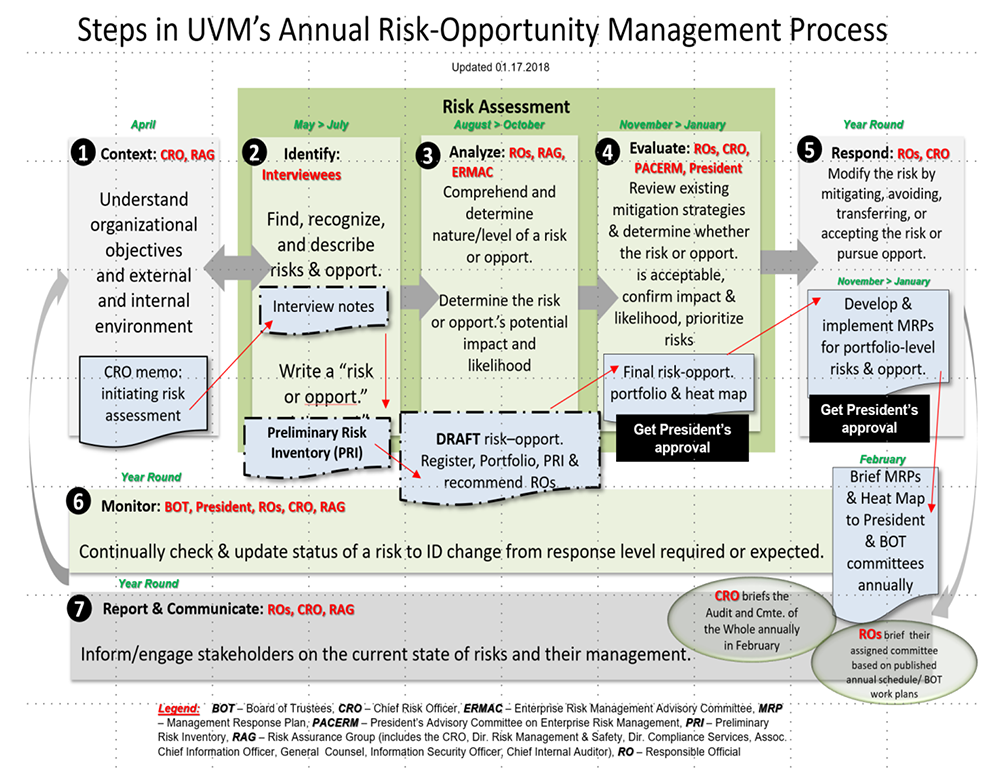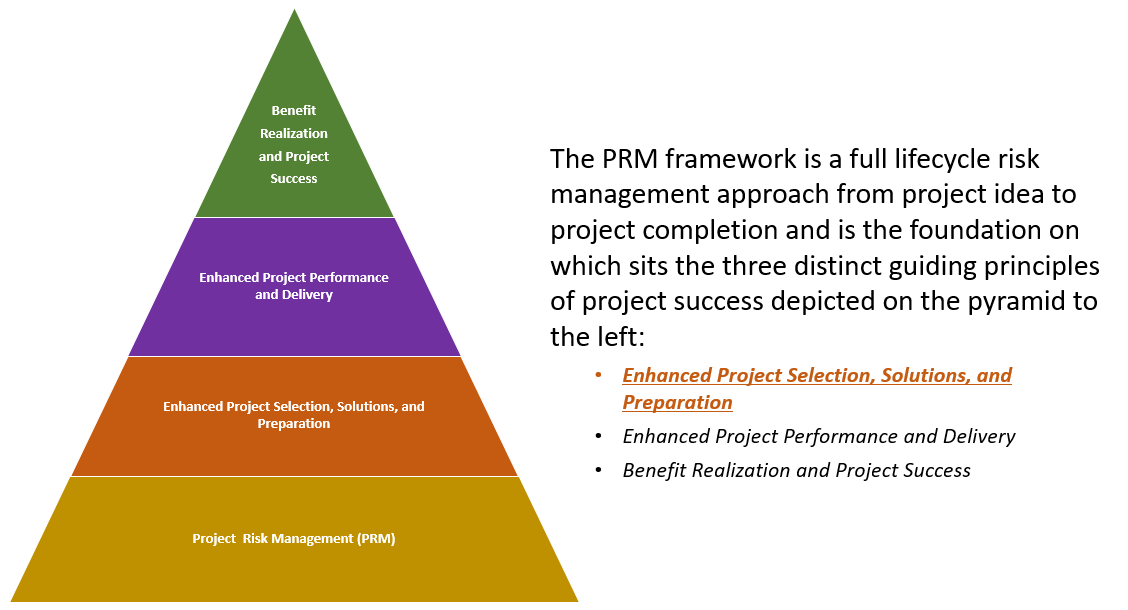It Risk Management Process

The certified information systems auditor review manual 2006 produced by isaca an international professional association focused on it governance provides the following definition of risk management.
It risk management process. In business risk management is defined as the process of identifying monitoring and managing potential risks in order to minimize the negative impact they may have on an organization. Identifying risks is a positive experience that your whole team can take part in and learn from. Risk management is a process that seeks to reduce the uncertainties of an action taken through planning organizing and controlling of both human and financial capital. All risk management processes follow the same basic steps although sometimes different jargon is used to describe these steps.
Risk management is the process of identifying vulnerabilities and threats to the information resources used by an organization in achieving business objectives and deciding what. Anticipating possible pitfalls of a project doesn t have to feel like gloom and doom for your organization. Follow these risk management steps to improve your risk management process. Actual it risk management processes offer a step by step way to identify assess and reduce risk.
To do that means assessing the business risks associated with the use ownership operation and adoption of it in an organization. A widely used vocabulary for risk management is defined by iso guide 73 2009 risk management vocabulary in ideal risk management a prioritization process is followed whereby the risks with the greatest loss or impact and the greatest probability of occurring are handled first. Together these 5 risk management process steps combine to deliver a simple and effective risk management process. Every action has an equal reaction and when you take an attitude full of uncertainties into a project you re taking a risk.
However the iso has laid down certain steps for the process and it is almost universally applicable to all kinds of risk. Examples of potential risks include security breaches data loss cyber attacks system failures and natural disasters. The guidelines can be applied throughout the life of any organization and a wide range of activities including strategies and decisions operations processes functions projects products services. This accounts for certain changes in the entire risk management process.
Risk management requires strong personnel and processes to protect against the many threats involved in business. Risk management is a comprehensive process that requires organizations to complete four steps. An effective risk management process will help identify which risks pose the biggest. Follow these steps to manage risk with confidence.
It risk management is the application of risk management methods to information technology to manage the risks inherent in that space. Steps to it risk management.
